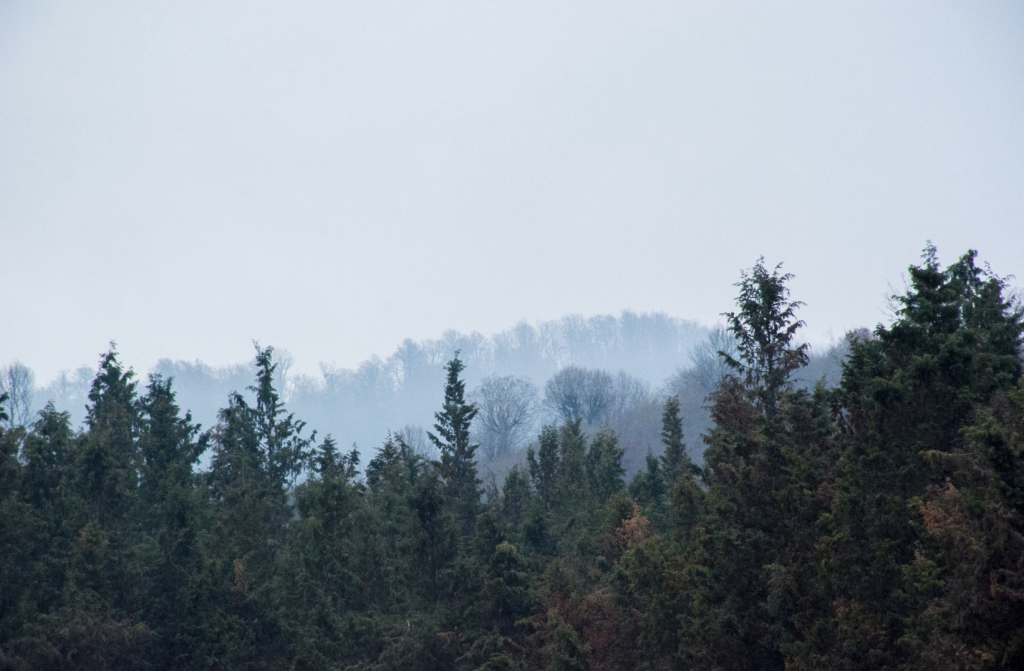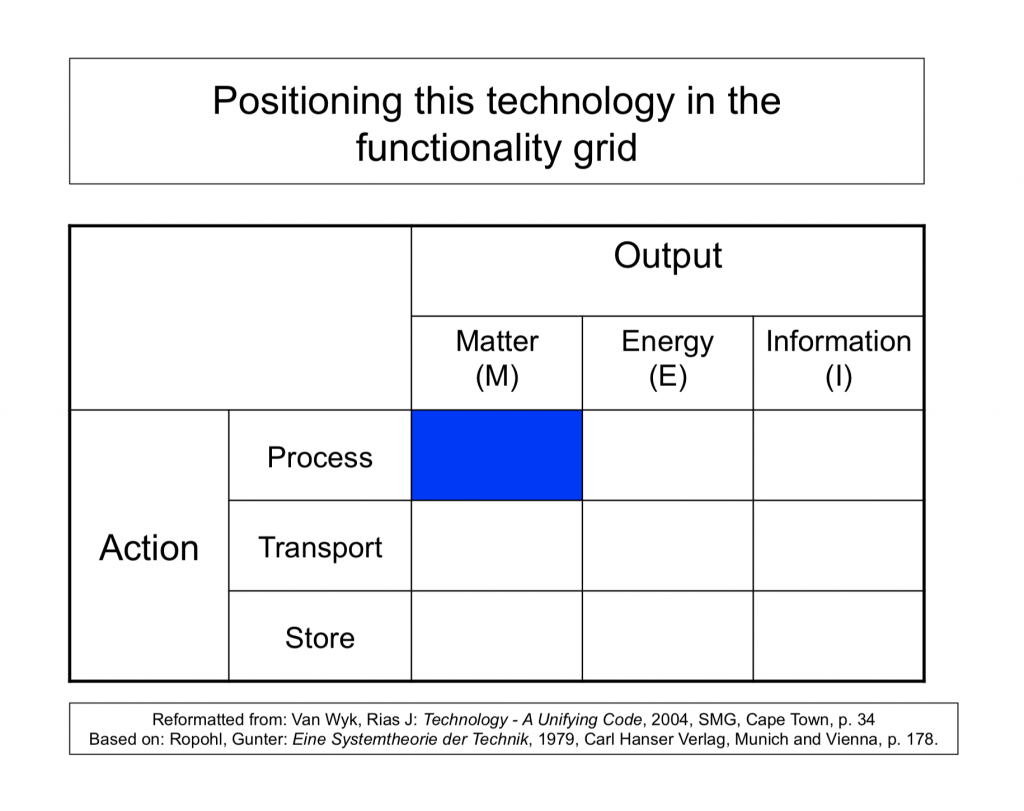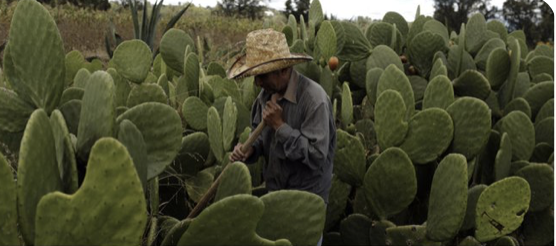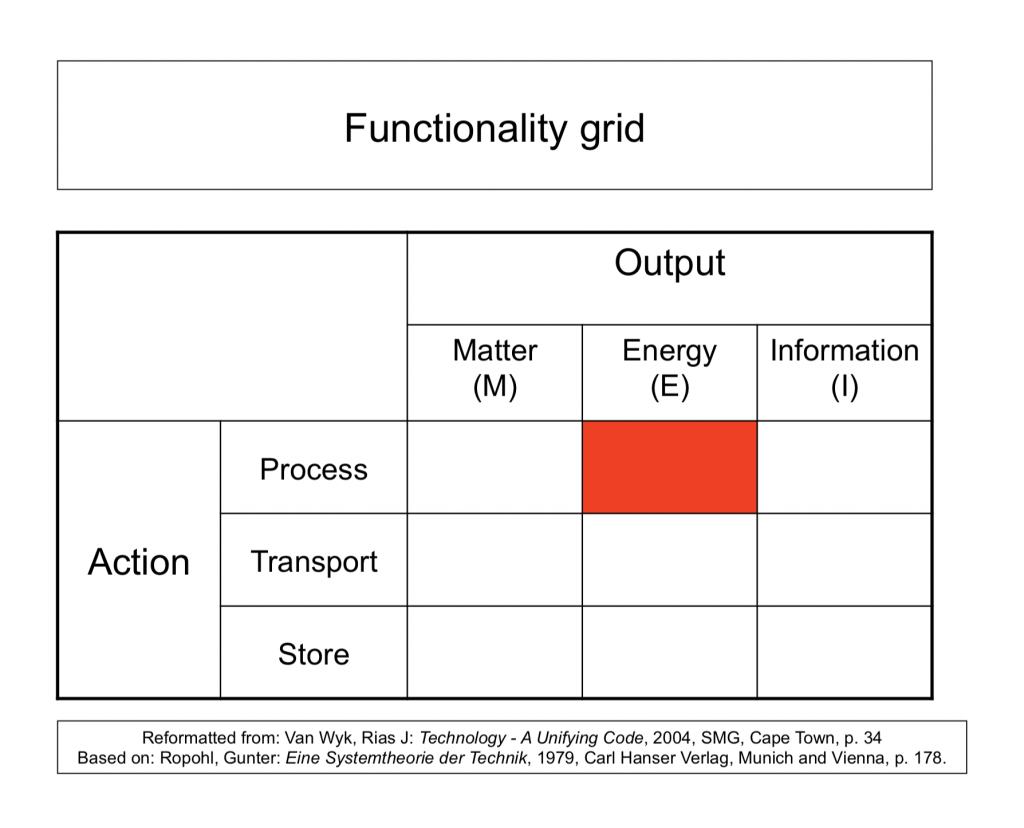
The book Forest Bathing by Dr. Qing Li, Chairman of the Japanese Society of Forest Medicine, describes a medical technology landmark. It is considered a Technology Landmark for an OmegaMap.
The description starts with the natural pleasant sensation that many people have, while spending time in a forest. The five human senses can all come into play – sight, hearing, touch, smell and taste.
The book then turns to aspects of healing. These include; reduced blood pressure, improved cardiovascular and metabolic activity, lower blood sugar levels, increasing the count of natural killer cells, and increasing production of anti-cancer proteins. These have been scientifically observed by comparing the profiles of people who have engaged in forest therapy with the profiles of control groups. The former significantly outrank the latter.
This leads to a fundamental question. Is there a physically identifiable emanation in a forest that carries the healing power? The answer suggested is “yes”. It is called phytoncide and is produced by trees to protect them from afflictions. Scientific studies have shown that phytoncides can be of benefit to humans as well. While research is ongoing we should regard available evidence as pointing to a medical technology landmark.
Forest therapy contributes to the functionality of Process-Matter. Its position in the Functionality Grid is illustrated below. Its level of maturity is estimated at a Technology Readiness Level of TRL 6. This level is described as: “Technology demonstrated in relevant environment”.
Technical terminology is covered in: Van Wyk, Rias, (2017) Technology: Its Fundamental Nature, Beau Bassin, Mauritius, LAP LAMBERT Academic Publishing, (http://amzn.to/2Avsk3r)
For descriptions of:
- Technology Landmark; pp. 83-84, Diagram 11.1, Stage 3
- Principle of operation; p. 20
- Functionality; pp. 24-25
- OmegaMap; pp. 92-93
- Functionality Grid; pp. 29-32
- Technology readiness levels; pp. 22-23


